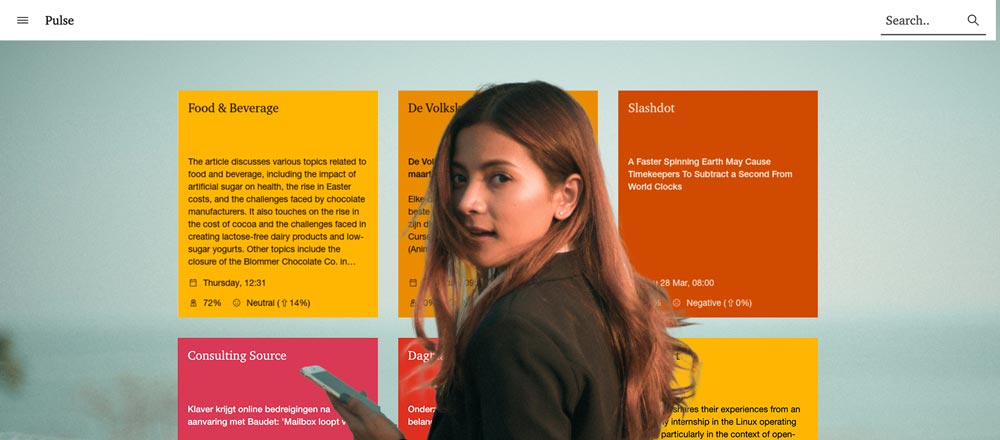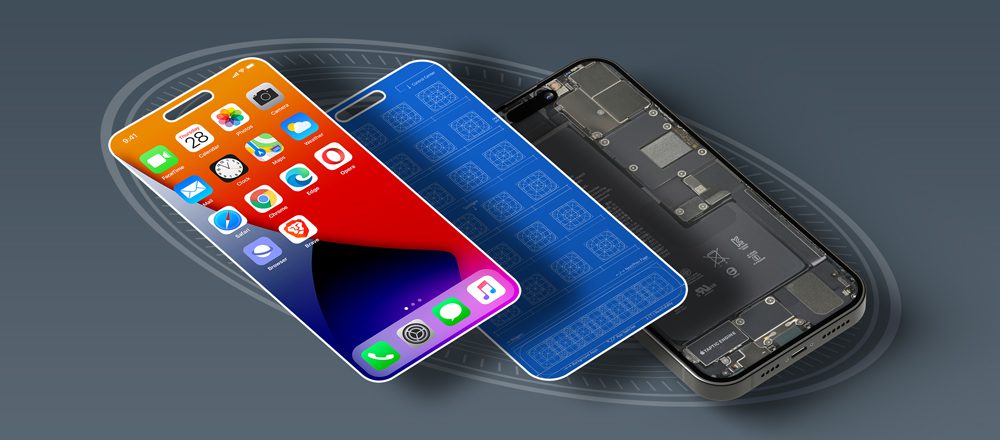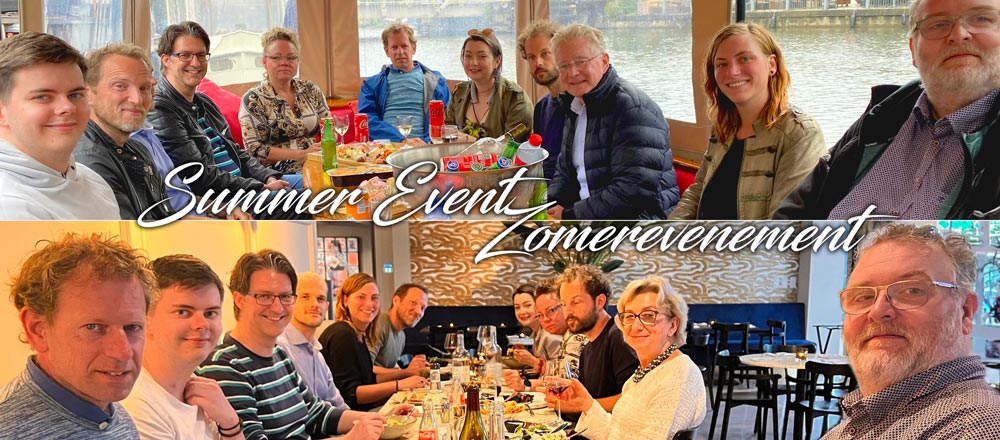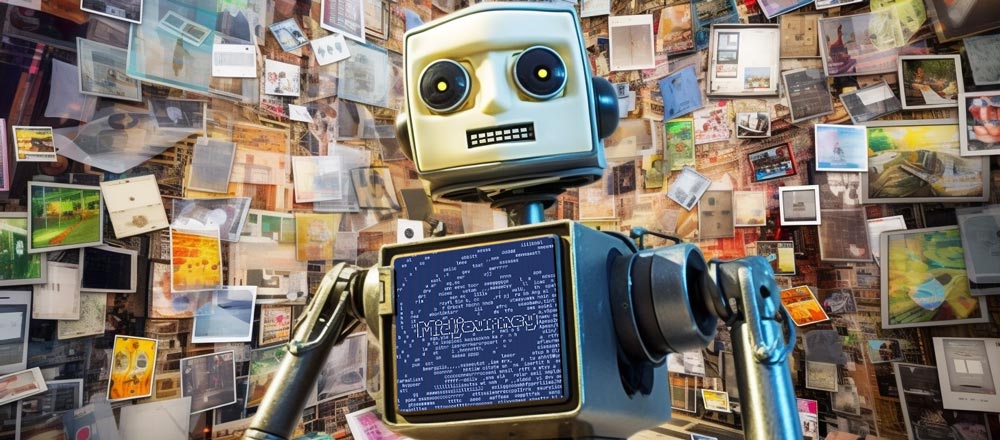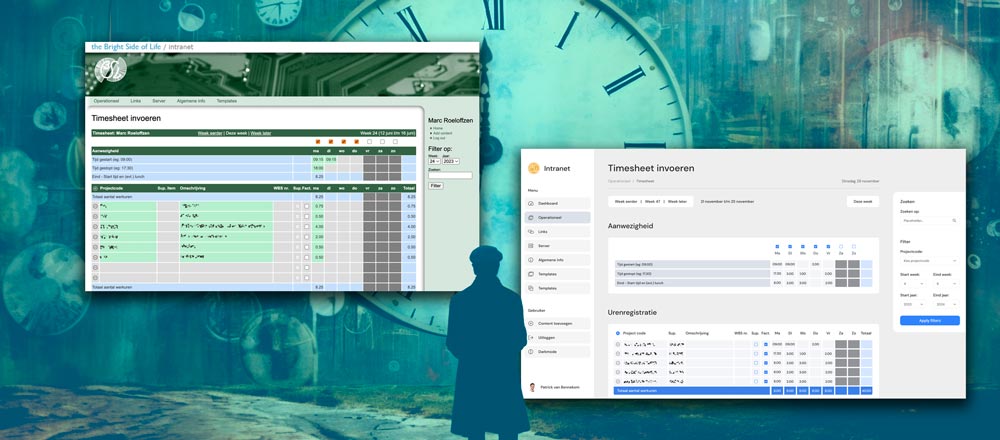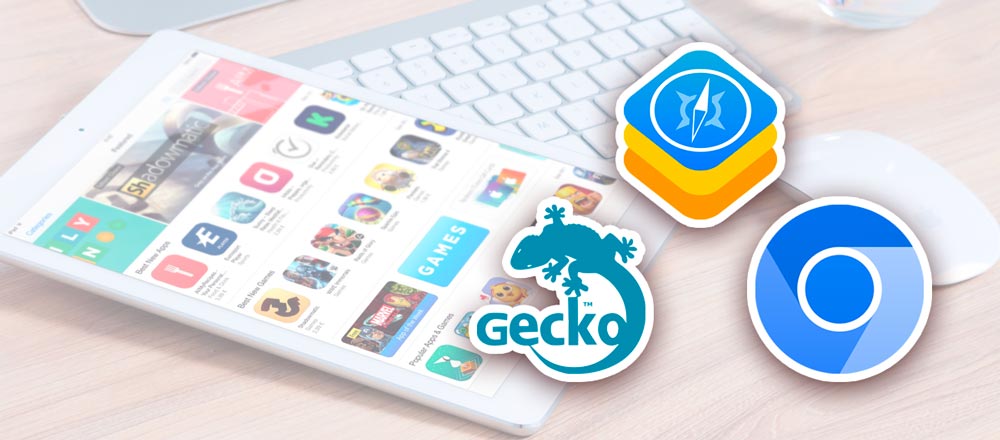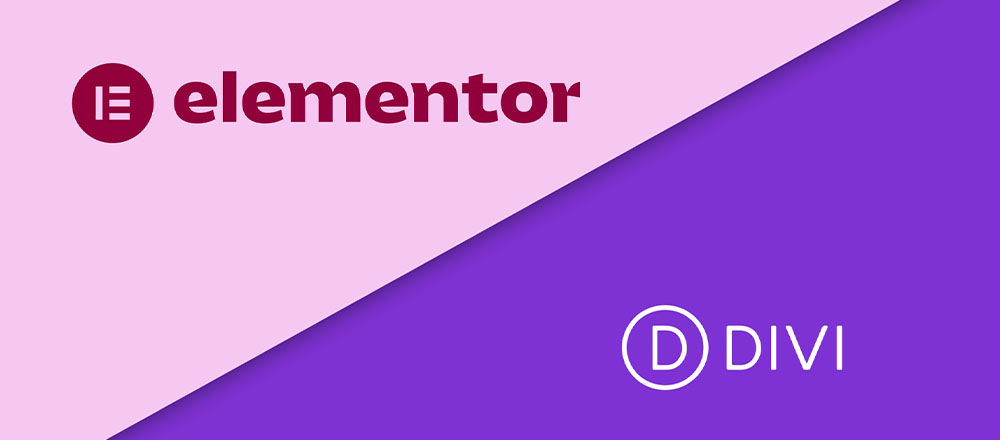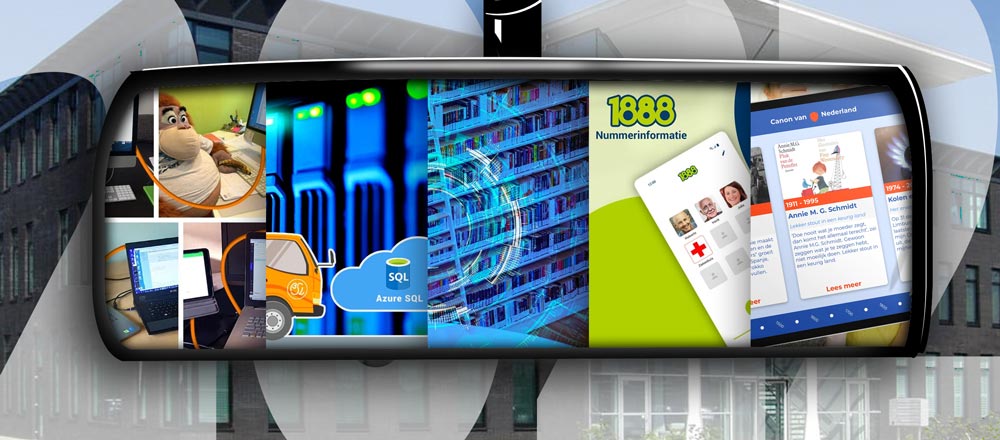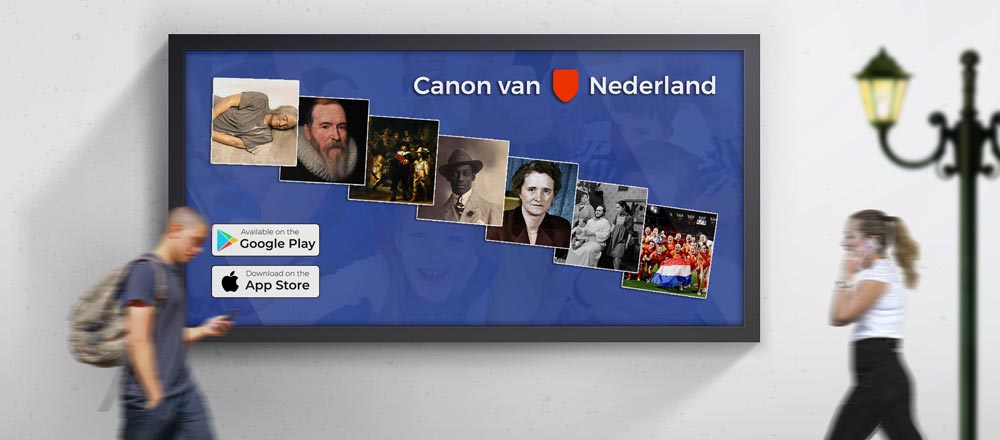In the previous blog, Martyn introduced us to his time working for Computervision/CIS. Learning client needs and creating custom solutions to help complete a sale. Work and experience that he regularly uses within BSL. After leaving Computervision (CV), he continued to travel, working firstly with a company you’ve probably never heard of (although you almost certainly know of their products). And then with a company that you all know: Apple Computer.
Why did Martyn leave Computervision?
CV was the leading CAD/CAM vendor in the eighties, but when PC products like AutoCad appeared, they viewed them as ‘toys.’ Like many leading IT companies (hello DEC, hello IBM), they were very late to recognise the future potential of low-end workstations and PC’s.
Martyn noticed that inexpensive Atari ST computers boasted Motorola processors more or less identical to the ones used in CV SUN systems. He also saw that (for reasons unknown), Atari included a Tektronix monitor emulator within their BIOS. CV/CIS sold Tektronix monitors /workstations that cost more than US$ 100K each. Customers often had to use them in shifts, to justify the cost. Yet, with only a little development work, Martyn discovered he could use the Atari as a workstation, demonstrating the software to his management. You can probably guess how this ended: they buried the project, and Martyn left the company shortly afterward.
“However, one can’t suppress technical innovation. If you don’t bring new products to the market, someone else will. Computervision more or less disappeared within just a few years.”
On to ITTWD directories
Martyn joined a company of which most people haven’t heard. ITT World Directories (ITTWD). Part of a global concern covering Hotels, Education, Insurance (Hartford)…and the Yellow Pages. It might seem a strange choice, but Digital Publishing was on the march, revolutionising print production for newspapers. ITTWD was still using traditional typesetters for their Yellow Pages, so this was a market ripe for change. Inspired by a personal demonstration from John Warnock (ex. Evans & Sutherland (originators of CAD/CAM), Xerox Parc…and Adobe co-founder), Martyn discovered just what PostScript could do for directory publishing.
“It offered complete flexibility for dynamic fonts and line-art, revolutionising the production of Yellow pages directories and advertisements. Within a year, we produced a flexible “Digital Graphics” prototype system, created using Macs, custom workflow software, and PostScript.”
ITTWD let Martyn introduce the system in Turkey. A startup operation, this was an ideal playground, as there were no rules and many challenges:
“In the beginning, we had no offices – just one floor of a Sheraton hotel (also part of the ITT empire). Within six months, we had almost 300 people, and offices (but were regularly tested by power cuts, and even an earthquake). Digital publishing meant that we could rapidly innovate. We used PostScript to create new characters that are unique to Turkish – something that was extremely expensive when using bitmap fonts. From then on, we built the complete publishing system, using a network of Macs we imported ourselves. I was able to link everything to central databases using technology supplied by Apple and DEC (Digital Equipment Company).”
ITTWD introduced similar systems in Portugal, Ireland, Belgium, the Netherlands, and the biggest prize of all: Japan (a joint venture with NTT). For Martyn, it was extremely demanding work, but also an excellent opportunity to learn how to manage significant developments in a rapidly evolving business.
Apple came knocking
Martyn had many opportunities to work with Apple and Apple developers within ITTWD. After a very stressful period in Turkey, Apple Europe invited Martyn to join them, helping to support some of their major European accounts. At that time, Apple was actively trying to promote Apples within ‘traditional’ IT landscapes, under the slogan “Changing the world, one desk at a time.” His experience at ITTWD was an ideal background, and Martyn spent about two years advising customers on integrating Macs into their networks. Some, such as KPMG, had thousands of Macs. As Martyn now says:
“I joined Apple partly because I loved using the products. However, the company changed dramatically around this time, as Steve Jobs had left, and was running NEXT, and investing in Pixar. Led by an ex-sugar water salesman (John Sculley, from PepsiCo), Apple created lots of beige Macs that were more or less indistinguishable from PCs. Indeed, a merger with IBM seemed likely (we called them “I Build Macs”). It was not the best of times, Apple were abandoning their distinguishing features, despite introducing innovative software like Quicktime. Unfortunately I never really felt at home. I always found it more fun working with clients than within Apple.”
At a conference in Cannes, after a keynote from Sculley and a long walk on the beach (accompanied only by a bottle of Champagne), Martyn decided to leave Apple. Their focus was now on consumer products and doing deals with Sony and high street stores. A direction of travel that didn’t appeal to Martyn. However, his work with Apple clients was successful, so they asked him to continue his large-account consultancy service, but now as a freelancer. So he continued working with many Dutch large-accounts, both as a freelancer and later as “The Bright Side of Life.”
The Bright Side of Life
The Bright Side of Life was born a few months later, on 9th July 1992.
Around the same day, Martyn signed a large contract with the Centrale Recherche Informatiedienst (CRI, but now the DNRI) and several Police regions. Working with the Police in Haarlem, Martyn had developed Edison, an image database used to identify criminals and suspects. Image compression was needed, so Martyn worked with one of the developers of the JPEG standard, and custom processors (from Stormtech) to compress/decompress images. It’s difficult to remember such a time, but in 1992, the Internet was used only by academics and researchers, and very few people had ever used digital images/cameras. In this respect, the Dutch Police were way ahead of the curve.
Working with distributors (DataExpert), Edison became a national standard, used within almost every Police region. Over the years, the development team grew, continually adopting new development technologies. Eric Wijnands was one of the engineers who joined BSL, and he worked on the development of Windows versions of Edison. We created a family of products, including an international version used to validate travel documents and currency. We also developed a system for use by the immigration service. While we started with Windows and Apple software, we quickly moved to cross-platform developments, adopting Java and web interfaces.
[We can list several other technological firsts with which we’ve been involved (who else used an ATF mobile phone? Or was it just Martyn, Gordon Gekko (Wall Street) and Crockett (Miami Vice)), but maybe that’s better kept for another blog.]
Some more lessons learned
The first is straightforward: Don’t judge a book by the cover. Martyn was excited to join Apple because they delivered great system software and introduced the value of consistent user interfaces and simple networking. But once inside, it was a disappointment. Companies such as Apple, Google, Microsoft, Facebook, Amazon, and the rest have just one aim. Make more money this year than last.
On a related point, as an Apple “evangelist” (a term used within Apple), Martyn promoted Apple’s benefits. However, BSL is deliberately platform-agnostic. Martyn’s advice – which is part of the Bright Side of Life DNA, is to avoid the pitfalls of adopting fanboy-like brand promotion. Choose the right tools for each project, using merit alone. Above all, offer value.
Finally, don’t underestimate the impact of innovation, and market disruption. Companies must reinvent themselves to survive. After the sad days of Sculley, Jobs came back with a new vision for a nearly bankrupt Apple. The iMac. Without that vision, Apple was dead. The introduction of brightly coloured iMacs, iTunes/iPods, app stores, and iPhones created a 2 trillion US$ empire. Listen, look around, be prepared to learn from others. Look for tools, services, micro-services, and solutions that build bridges between legacy systems and the future. “Think Different” (yes, stolen from Apple), and you will create sustainable and affordable solutions faster than building from scratch.
The last word
“My Bright Story film (I hope) illustrates my philosophy. Try and discover something new every day.“
The film highlights Martyn’s varied musical tastes! He grew up with seventies rock music, and some remain in that same groove for life. But for some unexplained reason, not Martyn, who follows the example of British DJ John Peel. As Martyn writes:
“My favourite artists innovate and change with every album. For some reason, I have little or no interest in hearing ‘more of the same’. In recent years, everyone has easy access to ‘the long tail’ of (sometimes) obscure musicians who create original music that deserves a platform. You can find most of them on Spotify (who should pay better artist royalties), but there are many alternative collectives, such as Bandcamp. There are infinite possibilities, and I wish I could hear them all.“
And one special mention: Utrecht is home to a world-famous annual event: Le Guess Who? (unfortunately canceled in 2020). Get a ticket, wander around their many venues for a day. You will hear something you’ll love that you’ve never heard before. Check out their 2019 playlist. Or one produced by Martyn.
Get in touch
If a four-day festival in November (nearly all indoors!) is not your thing, then perhaps you’d like to experience what an innovative, flexible, and friendly software company in Breukelen can do for your business. We’re here to help with your next project, so give us a call, and we’ll set up a (virtual) meeting. We look forward to hearing from you.




